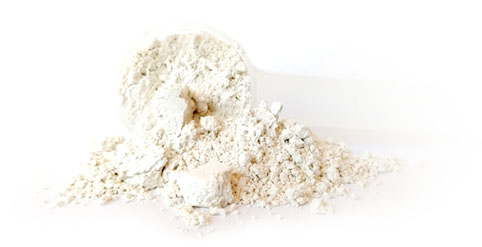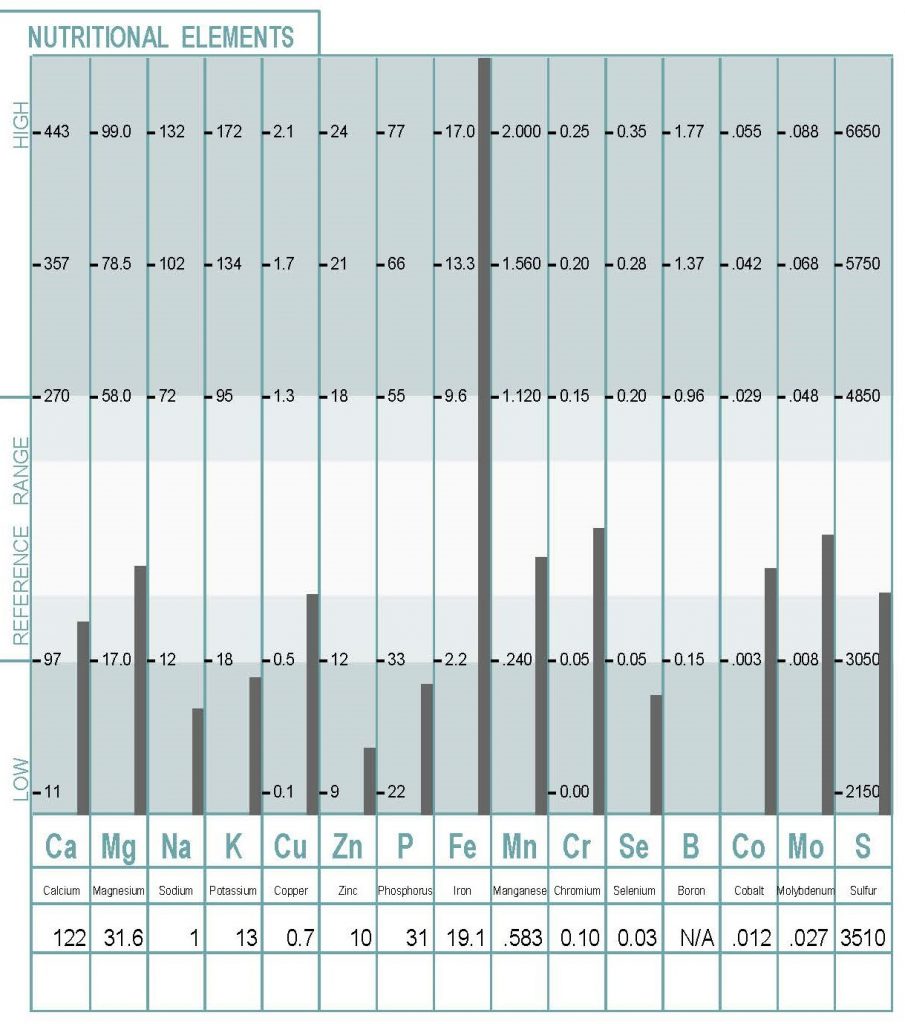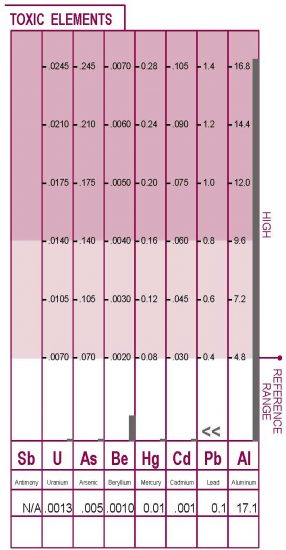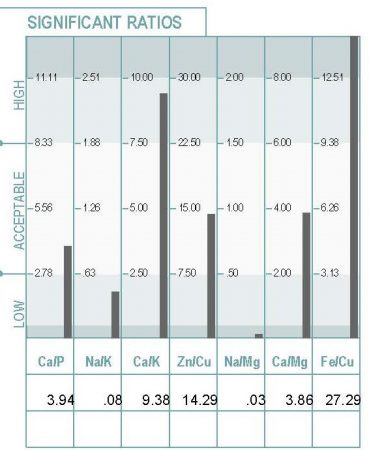
The Truth About Zeolite
Could this be the mineral balancing miracle we’ve all been looking for? According to research, this honeycomb-like structure that comes from volcanic eruptions that occurred

Are you a practitioner looking to offer your clients our revolutionary Vykon Custom powders?

Are you a practitioner looking to offer your clients our revolutionary Vykon Custom powders?

Are you a practitioner looking to offer your clients our revolutionary Vykon Custom powders?

Extensively studied, the nutrient minerals have been well defined and are considered essential for many biological functions. They play key roles in such metabolic processes as muscular activity, endocrine function, reproduction, skeletal integrity and development. This section of the report shows nutritional mineral levels that may reveal moderate or significant deviations from normal. The light blue area of the graph’s mineral levels represents the established reference ranges as determined from statistical analysis of healthy canines. A mineral level that is outside the reference range can be identified as dysfunctional showing up as an excess or deficiency.
Nutritional Elements: This chart shows lower than optimal calcium and magnesium, as well as severely depleted sodium and potassium levels. Sodium is the main driver for strong adrenal response and potassium for thyroid. This particular horse is in an all 4 Lows pattern and is suffering from extreme chronic fatigue, laminitis, as well as metabolic syndrome. You can see here that the zinc is critically low, which directly affects immunity and digestion, unfortunately this is commonly seen in horses. The right amount o f zinc support will not only help digestion, but also aid in the stabilization of potassium. In this particular case phosphorus is low as well and this will be directly related to nutrition and amino acids. Horse are herbivores, so using some chia seeds or hemp protein can provide their body with the amino acids it needs. We can make a note that selenium is low as well, this may indicate they reside and graze in a selenium deficient area. Selenium can be supplemented, but the proper amount is key, as selenium can build to toxic levels. We will touch on iron levels below.


The toxic elements section displays the results for each of the reported toxic elements. These elements can enter the body through inhalation, intestinal absorption and even be absorbed through the skin, depending upon their chemical form. Since it is acknowledged that there are no safe levels of the toxic heavy metals tested, its is preferable that all levels be as low as possible and within the white reference section. Any test result that falls within the upper colored area should be considered significant; and further investigation may be warranted to determine the possibility of clinical significance and the steps that can be taken to mitigate exposures. These toxic elements are well-known for their interference upon normal biochemical function and are most commonly found in the environment and therefore are present to some degree in all biological systems. These metals pose a concern for toxicity when tissue accumulation occurs in excess.
This chart shows a measurable level of uranium, arsenic, mercury, beryllium and an extreme elevation in aluminum levels. Aluminum is the most common toxic element found at high levels in equine HTMA assessments. Aluminum has been described as a protoplasmic poison and a persistent neurotoxin. While the body can excrete aluminum in its natural form, the element, like mercury, is toxic to all life forms when in their tissues. It will accumulate in the brain, as well as nerve tissues and in the bones and teeth. To correlate, when a horse’s Al is elevated, the body will respond by raising iron and chromium levels in order to provide the body protection from the toxic Al. Hence the elevation in iron on the nutrient mineral chart. In this case the chromium should actually present higher, which means this elevation in Al and Fe has been happening for quite some time and the Cr is now starting to falter. The right support will be critical for not only nutrient minerals but also organs of excretion.
If the synergistic relationship (or ratio) between certain minerals is disturbed, studies show that normal biological functions and metabolic activity can be adversely affected. The light blue area of the graph’s mineral ratios represents the established reference ranges and determined from statistical analysis of healthy horses. A mineral ratio that is outside the reference range can be identified. Even at extremely low concentrations, the synergistic and/or antagonistic relationships between minerals still exist, which can indirectly affect metabolism, cellular energy, the stress response and more.
Significant Ratios: This example shows several ratios outside of the established reference ranges. A healthy horse will have all ratios near the center (white area) of the graph reference range. The Zn/Cu ratio on the graph would be considered healthy, as would the Ca/Mg. Each ratio represents different metabolic functions and can identify trends toward health problems. This horse is a Fast oxidizer (Ca/P low) and in 4 Lows. Sluggish thyroid (high Ca/K), extremely depleted Adrenals (low Na/Mg) and in an exhaustive stage of stress (low / inverted Na/K). Maximum support will be needed in the right amounts as this horse may be extremely symptomatic and reactive.

By: Vykon

Could this be the mineral balancing miracle we’ve all been looking for? According to research, this honeycomb-like structure that comes from volcanic eruptions that occurred

Heavy metals are naturally occurring elements. Due to the industrial revolution, our exposure to these metals has significantly increased. While some heavy metals are essential,

What Are Binders? Binders are used to remove different toxins from the body. We are exposed to toxins everyday and these powders may help to

Vykon is committed to inspiring and empowering individuals, and animals, to achieve their best life by producing top quality products to support their journey. All-natural supplements with the finest ingredients to fuel the body; whether you are using the custom powders for yourself or your animals, based on HTMA science, to erase debilitating symptoms and regain health; or the performance line to take your game to the next level. Vykon is innovative, forward-thinking, beta-tested and here to help the world live and perform better.

Business Hours:
Monday – Friday | 8:00 am – 4:00 pm ET
Are you a Health Practitioner looking to offer your clients our revolutionary Vykon Custom powders?
Are you a practitioner looking to offer your clients our revolutionary Vykon Custom powders?
Vykon Customs is a division of Vykon Inc.